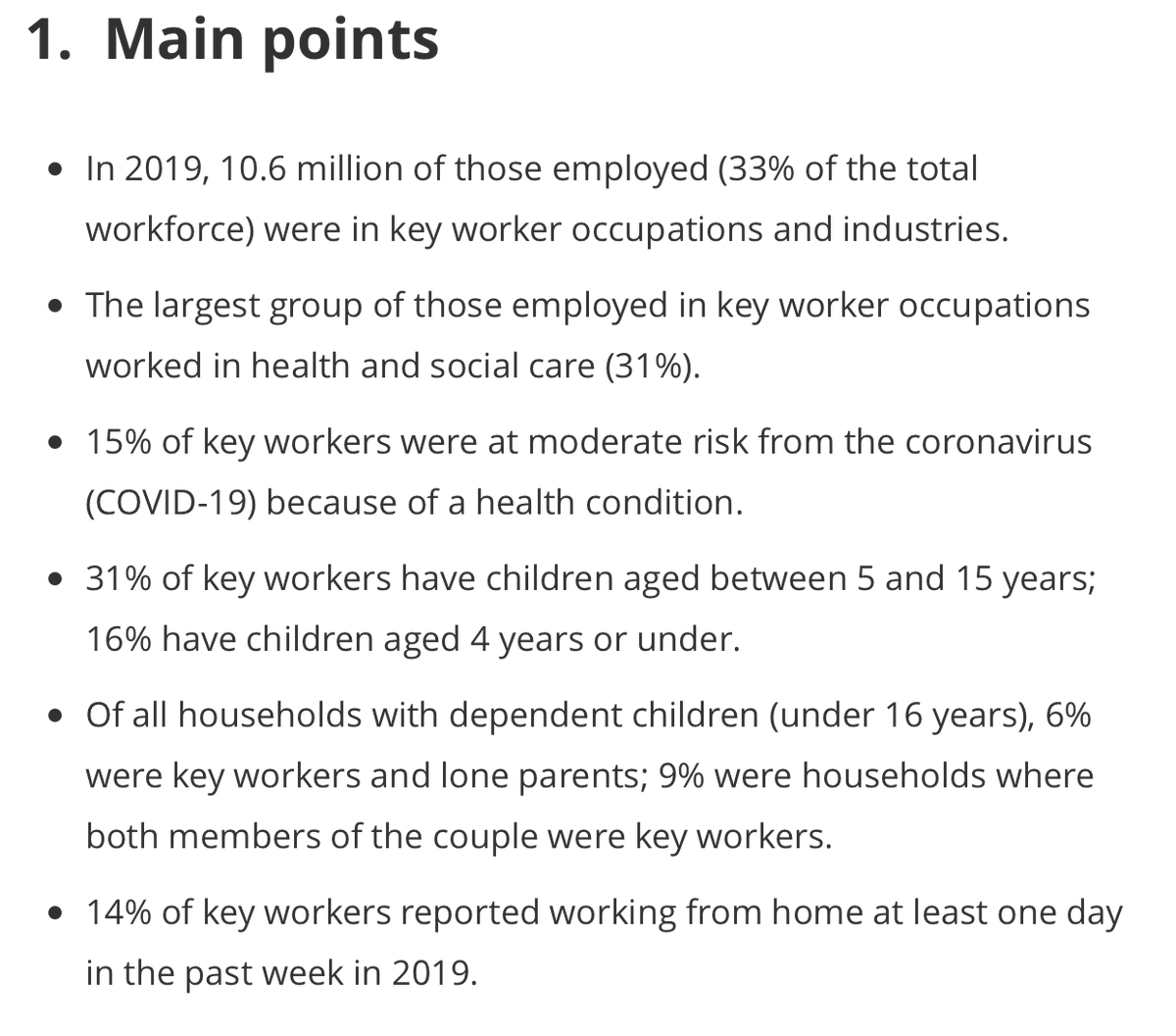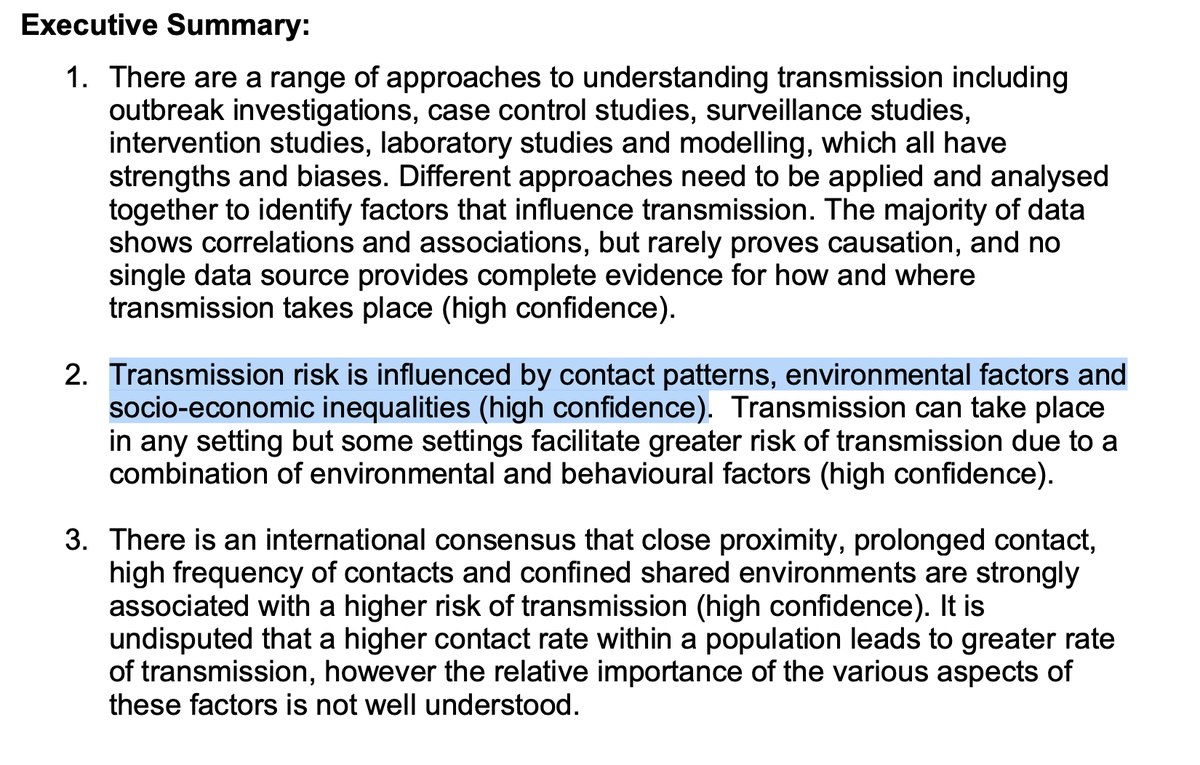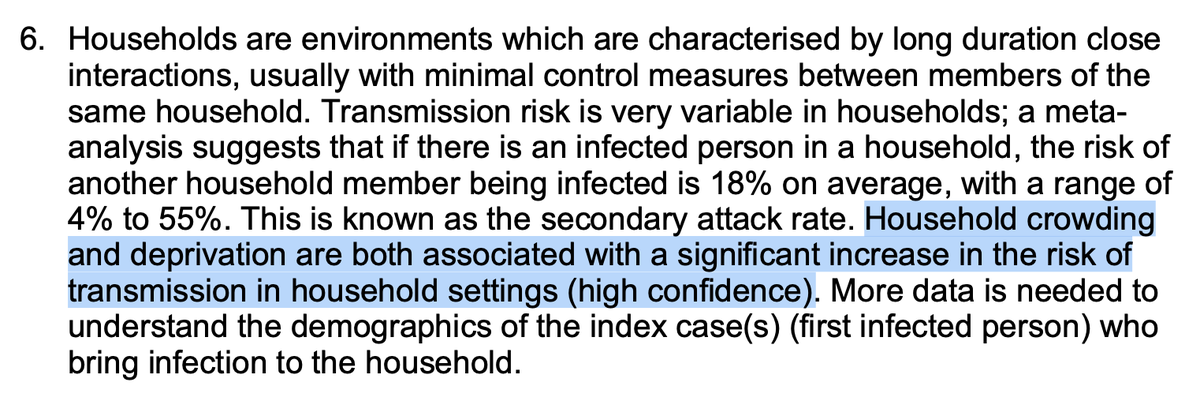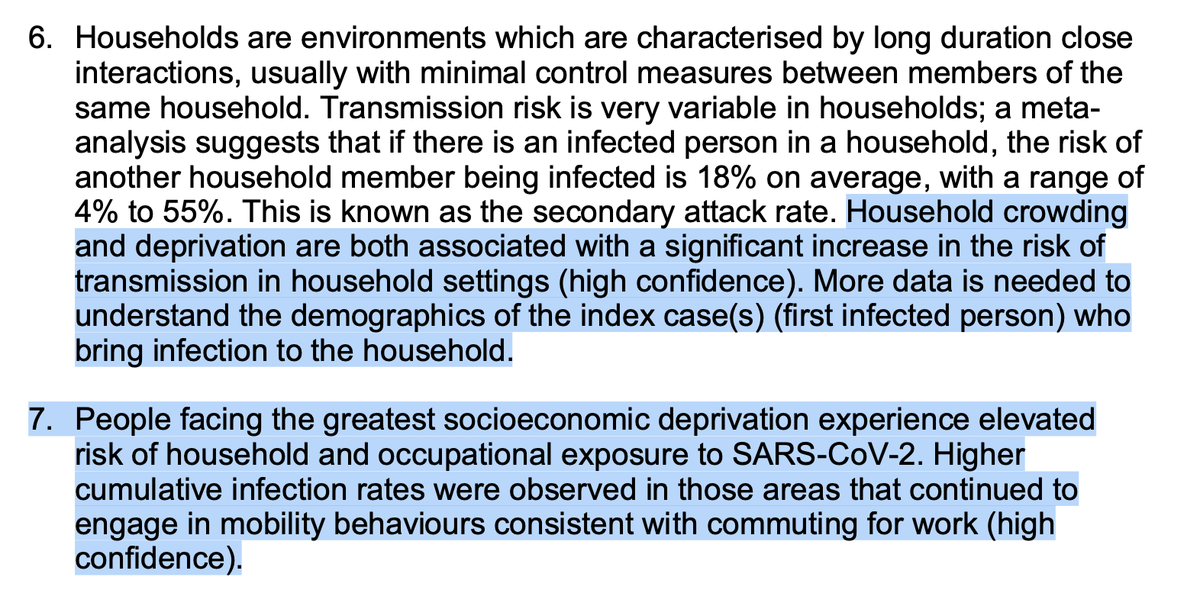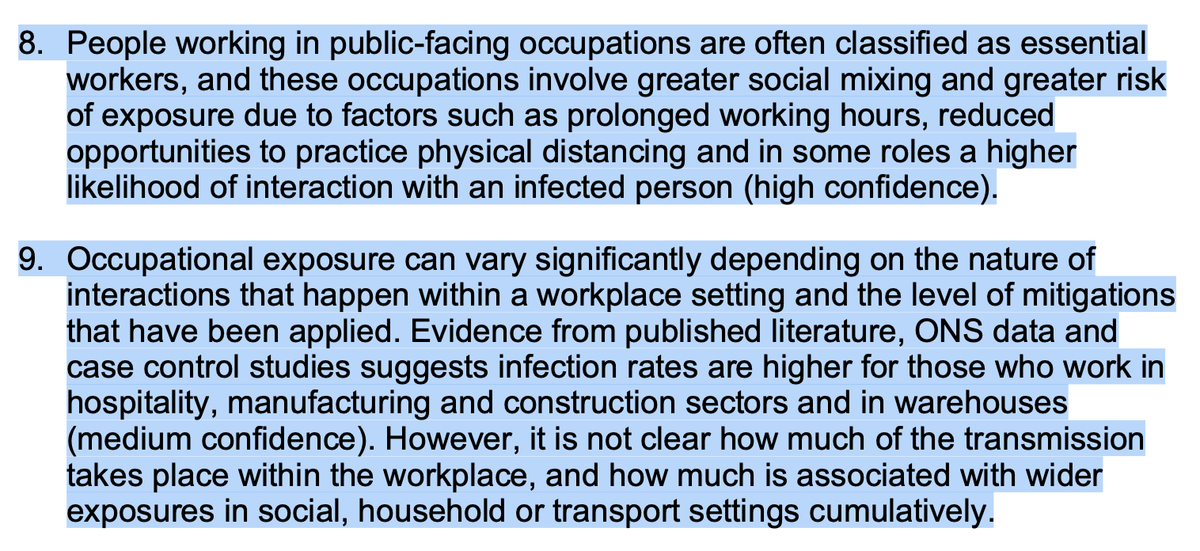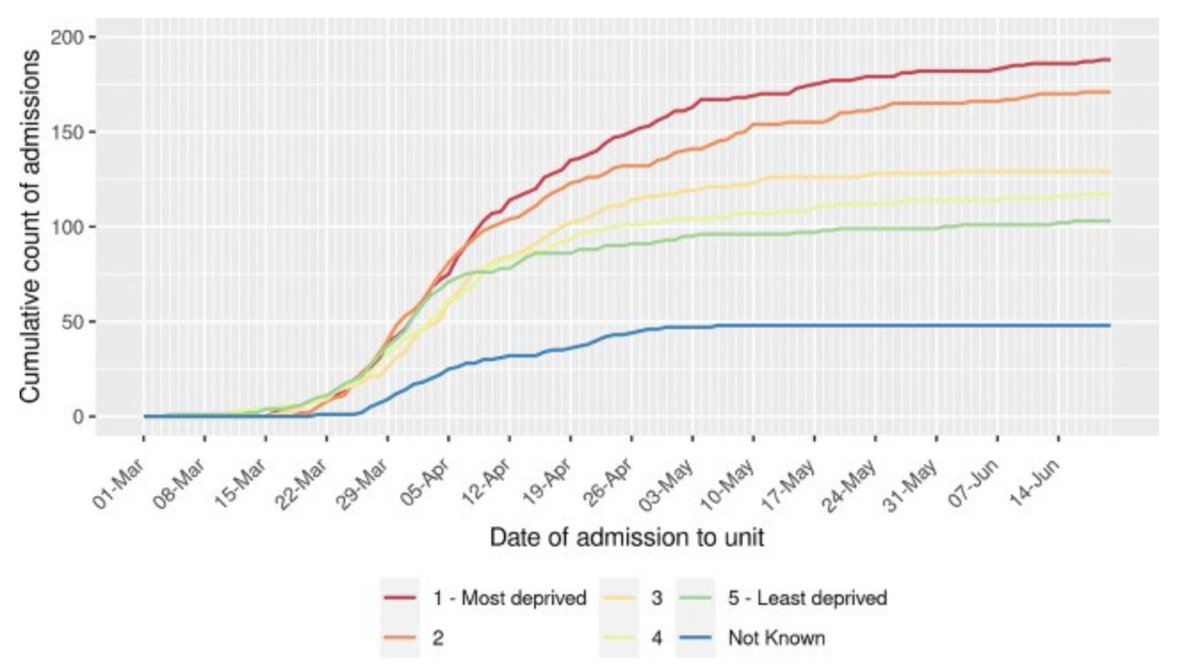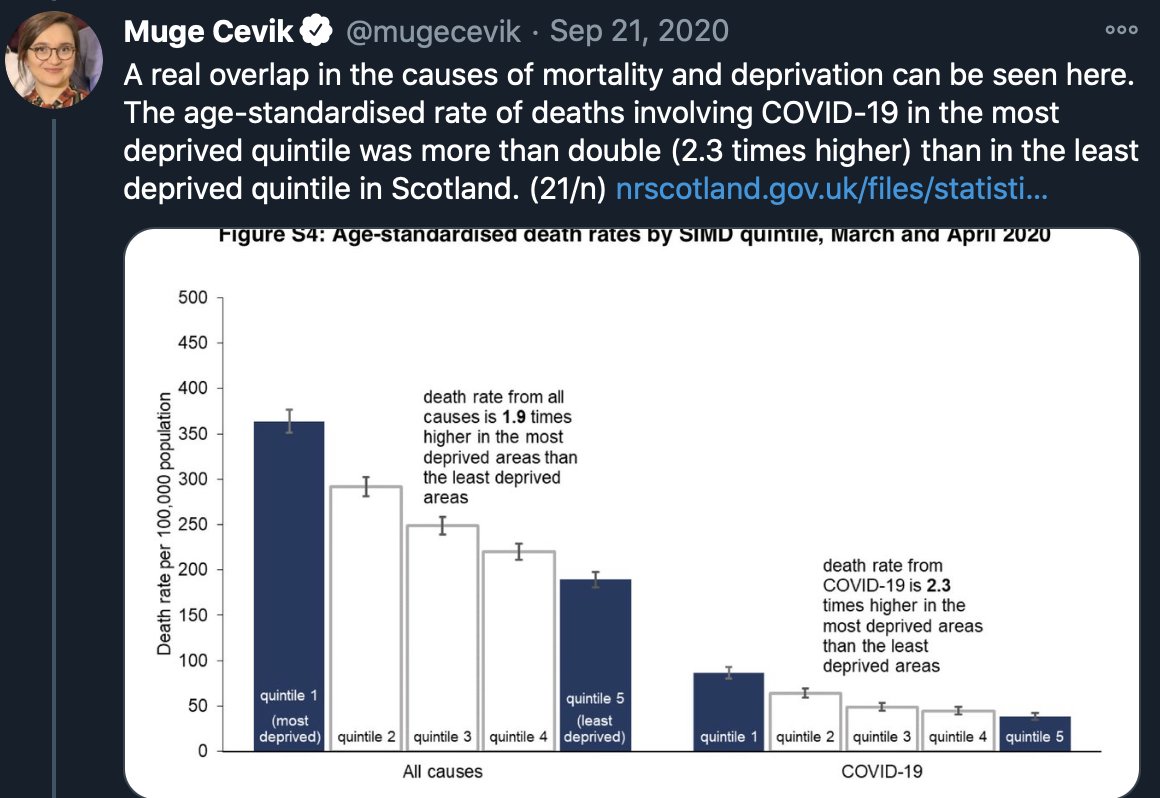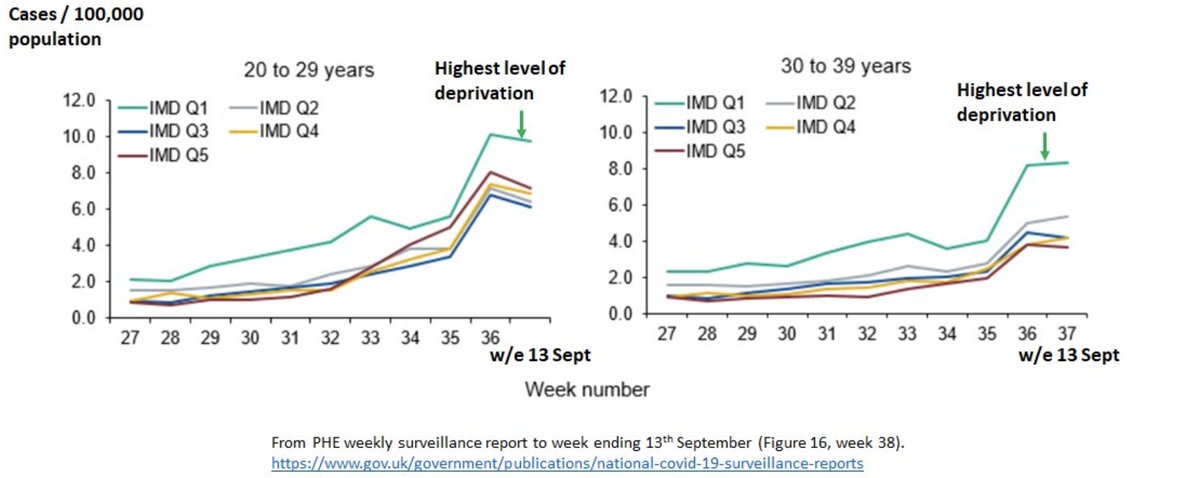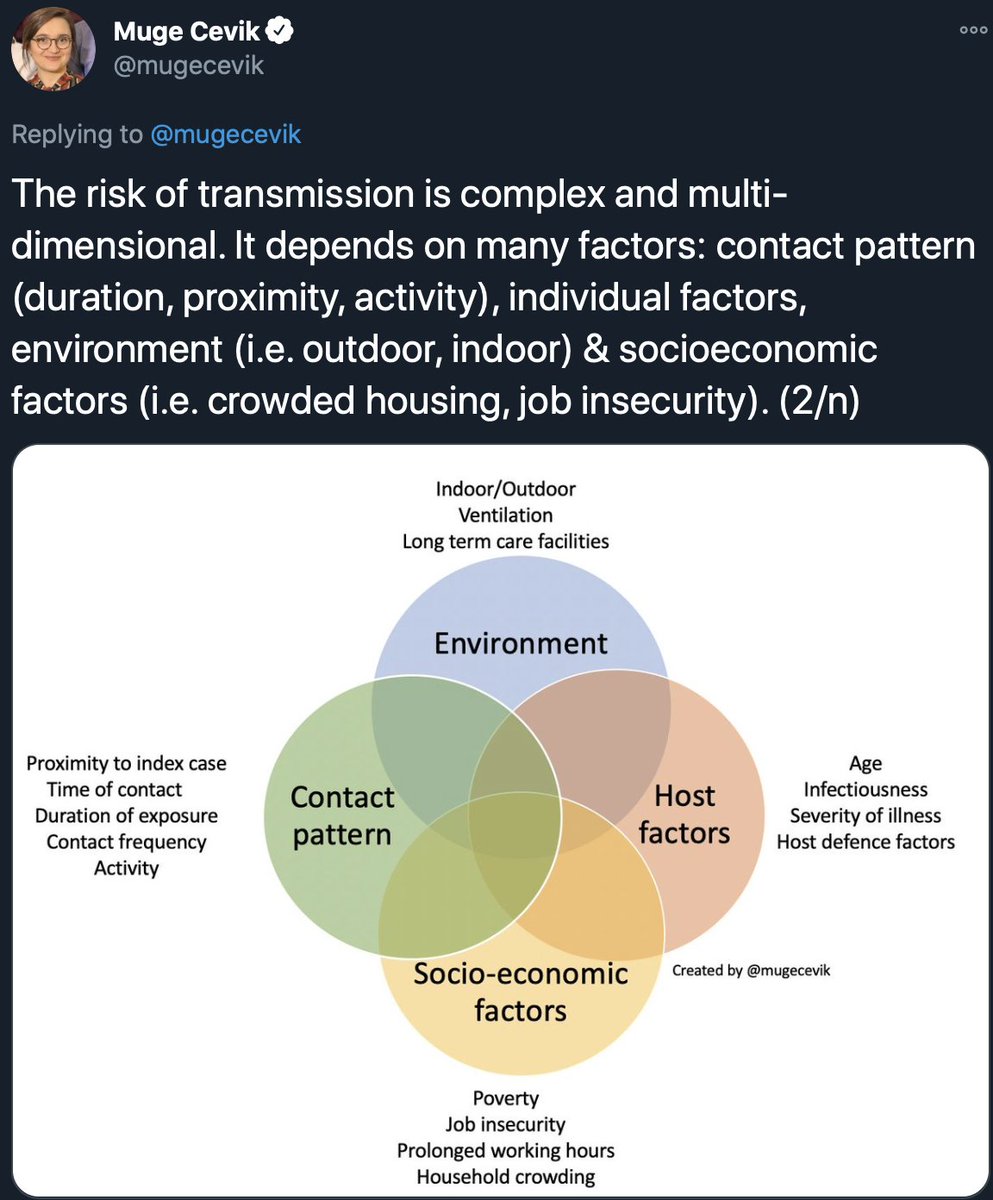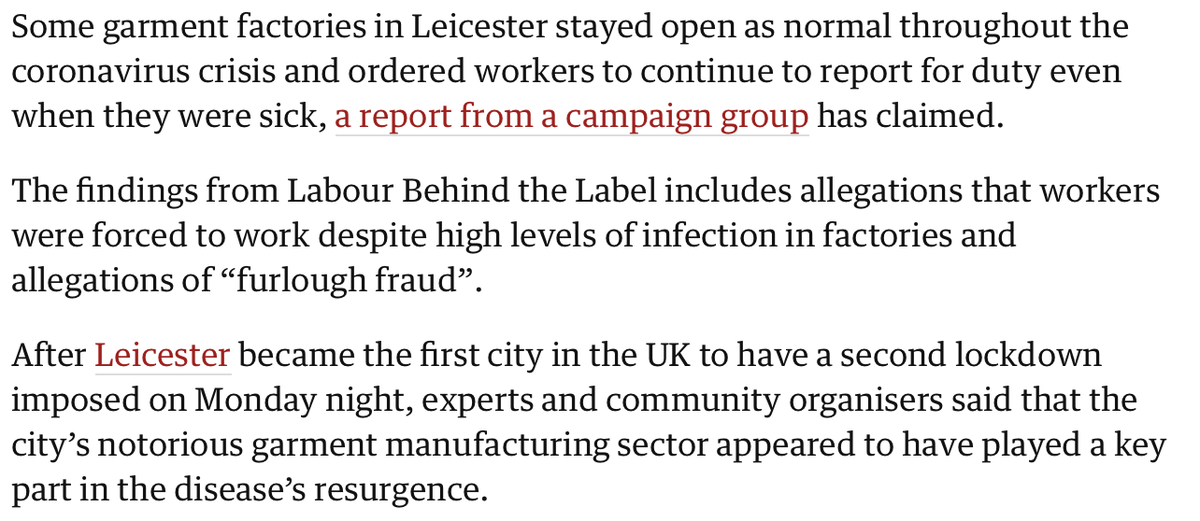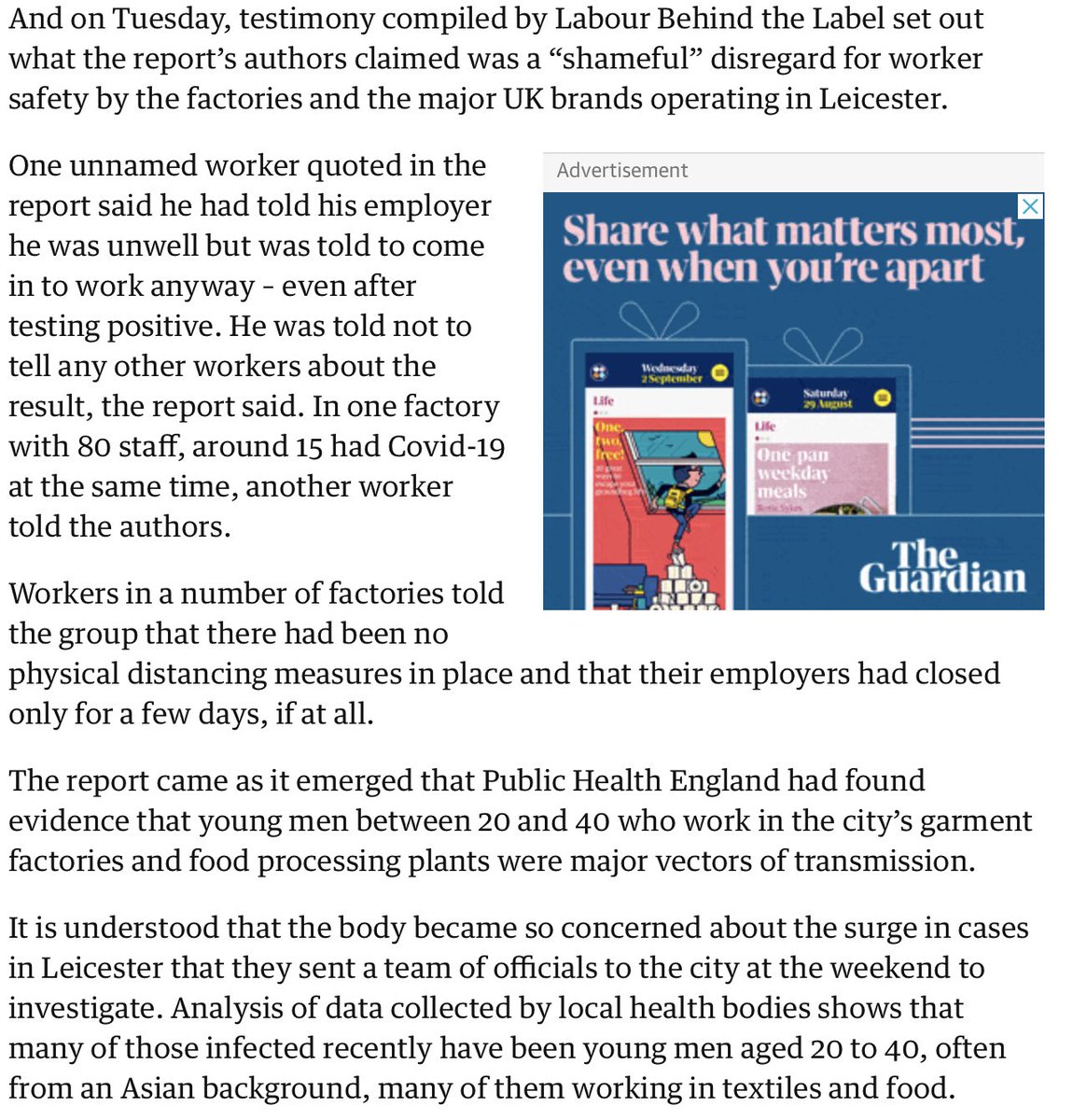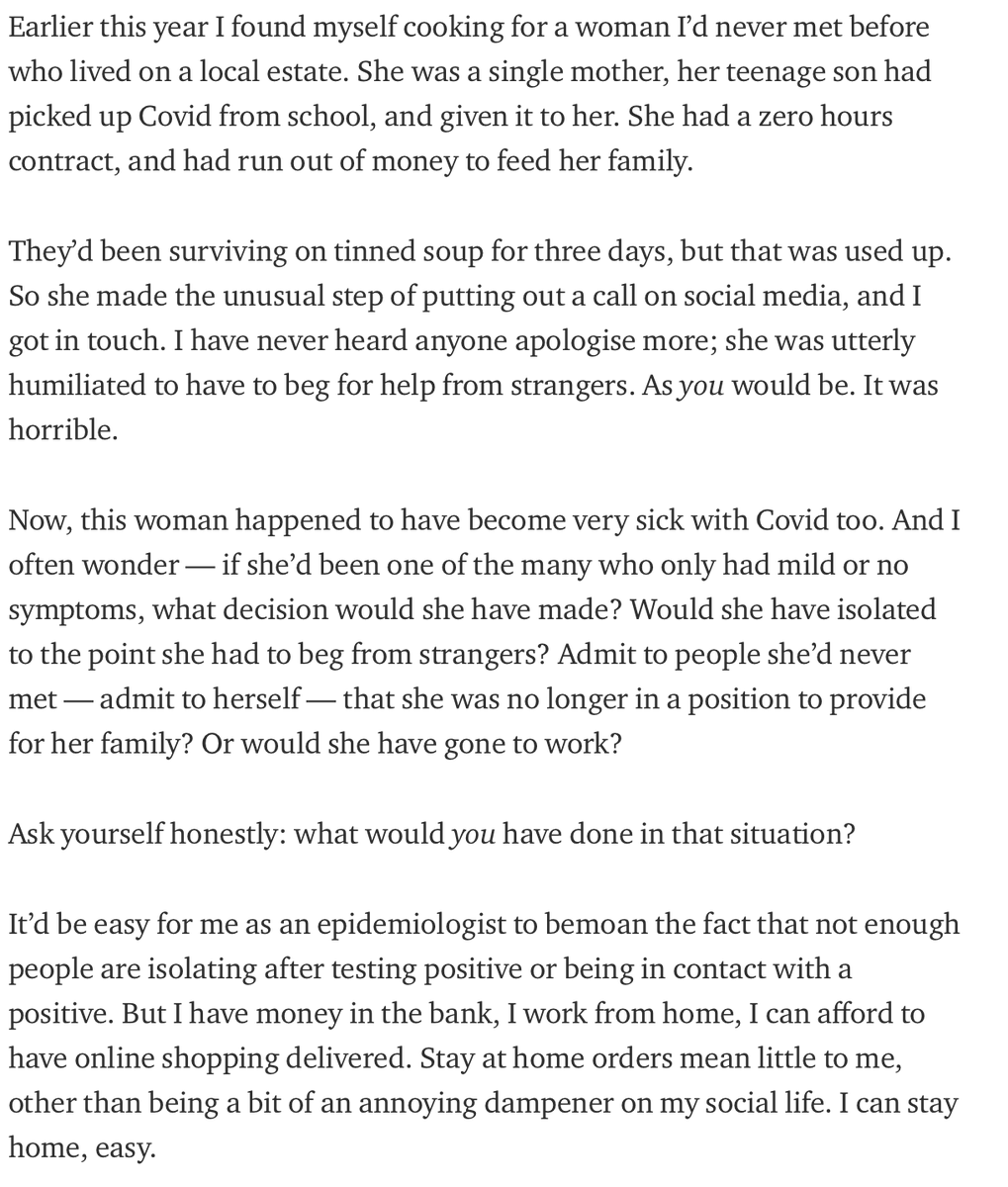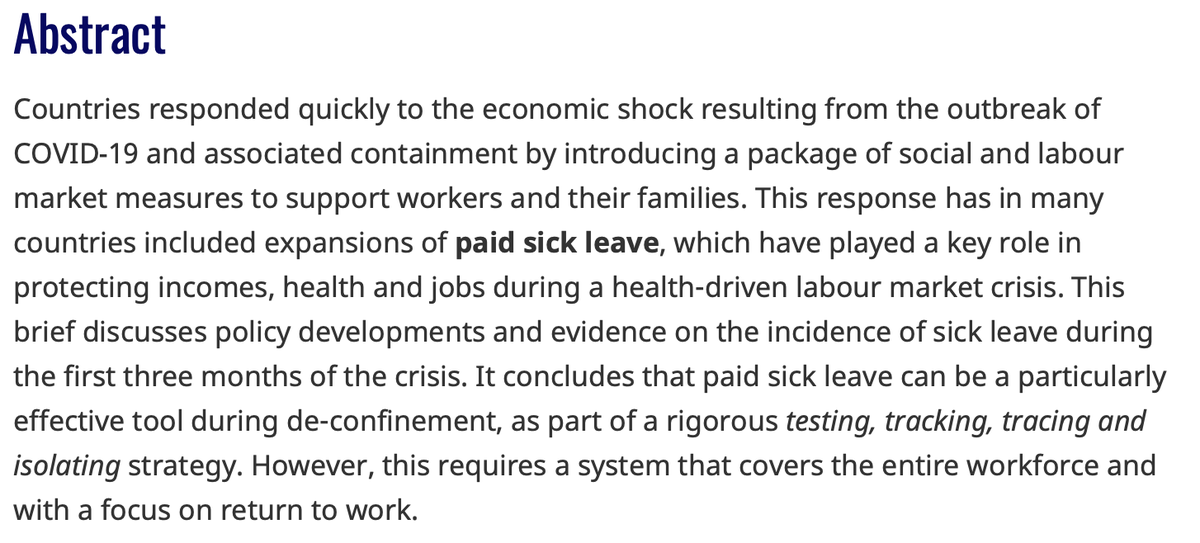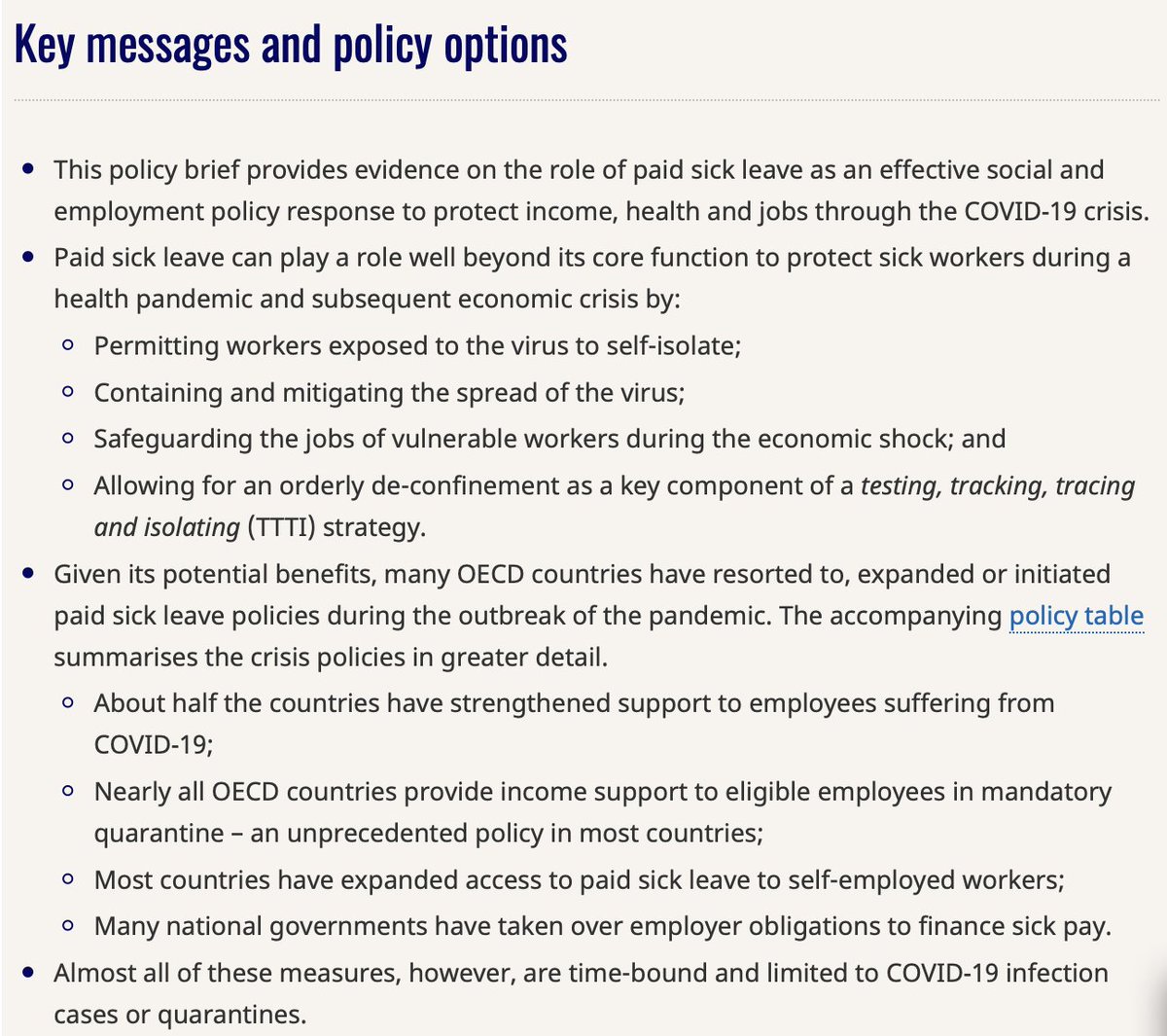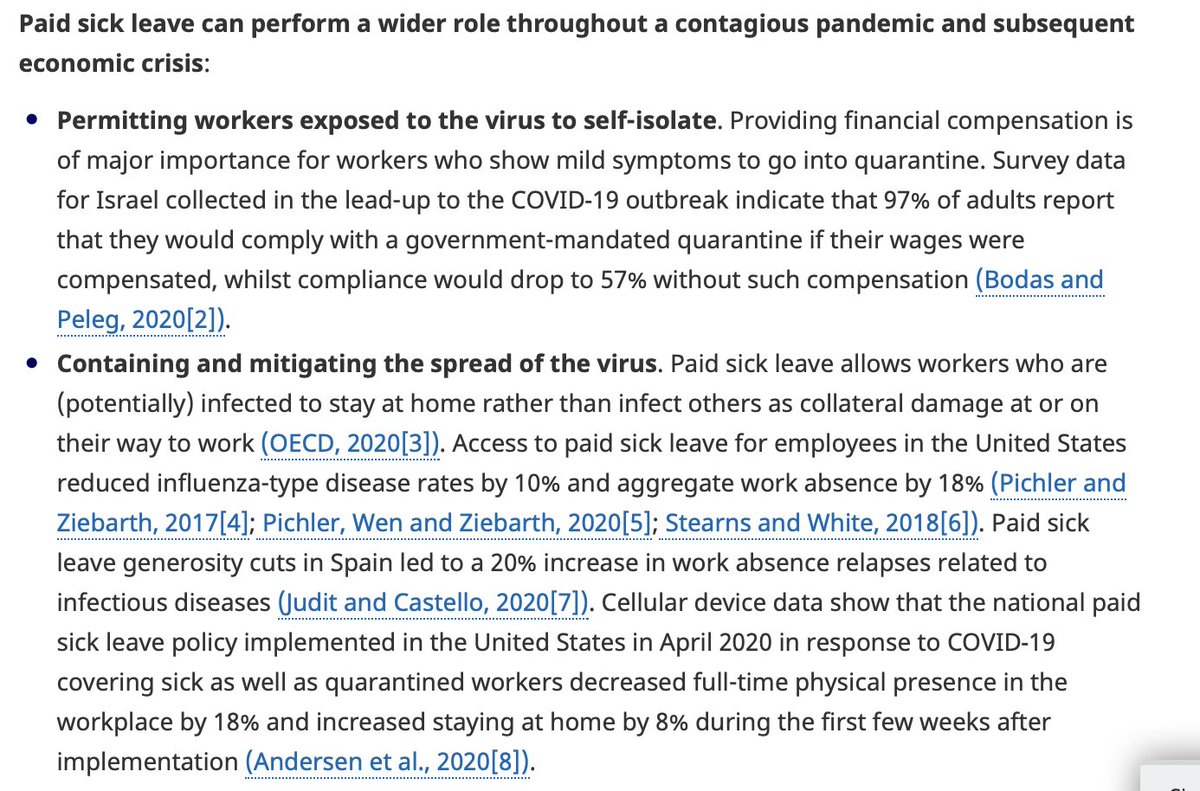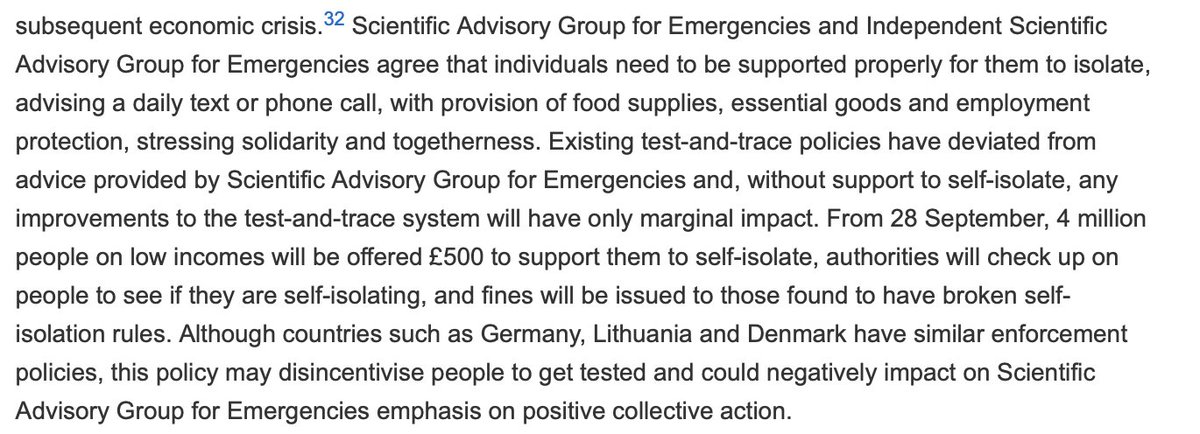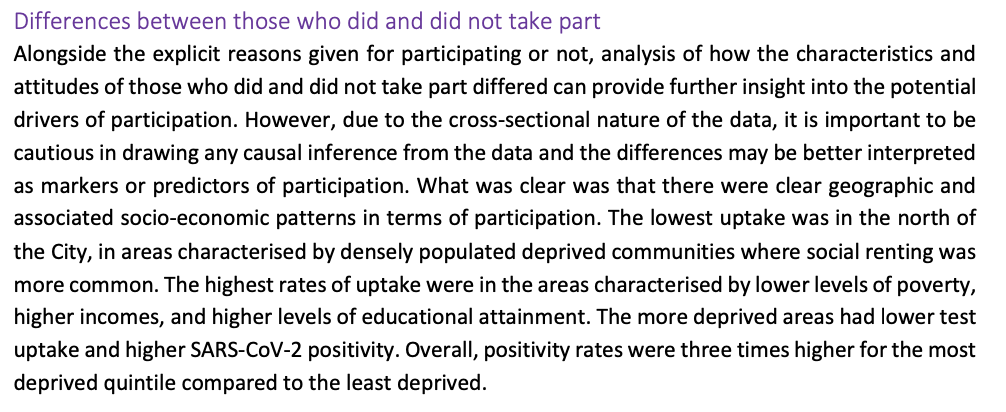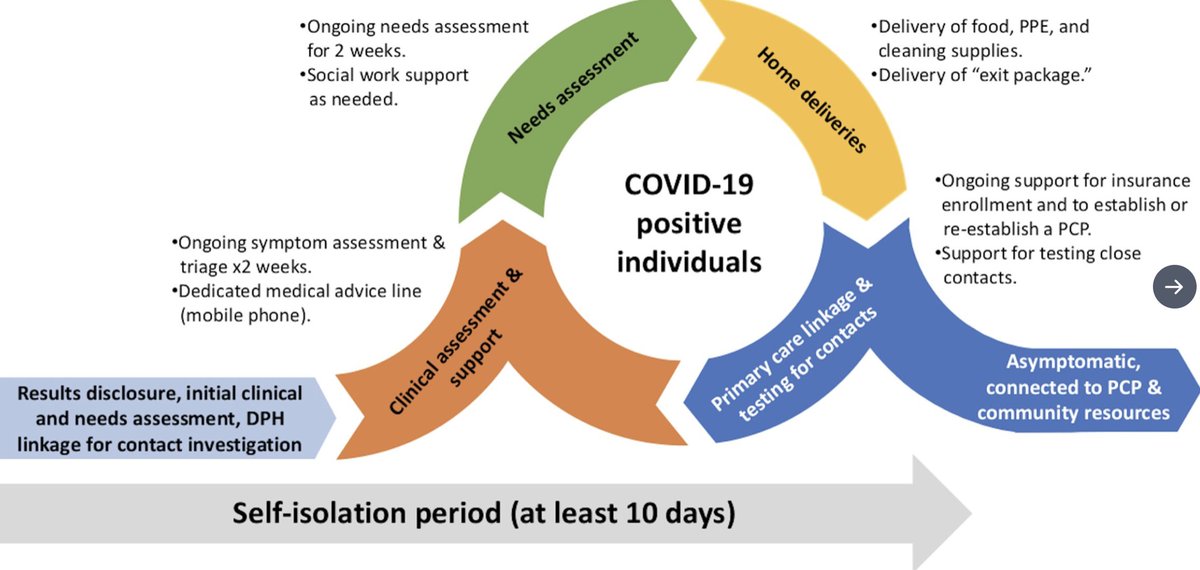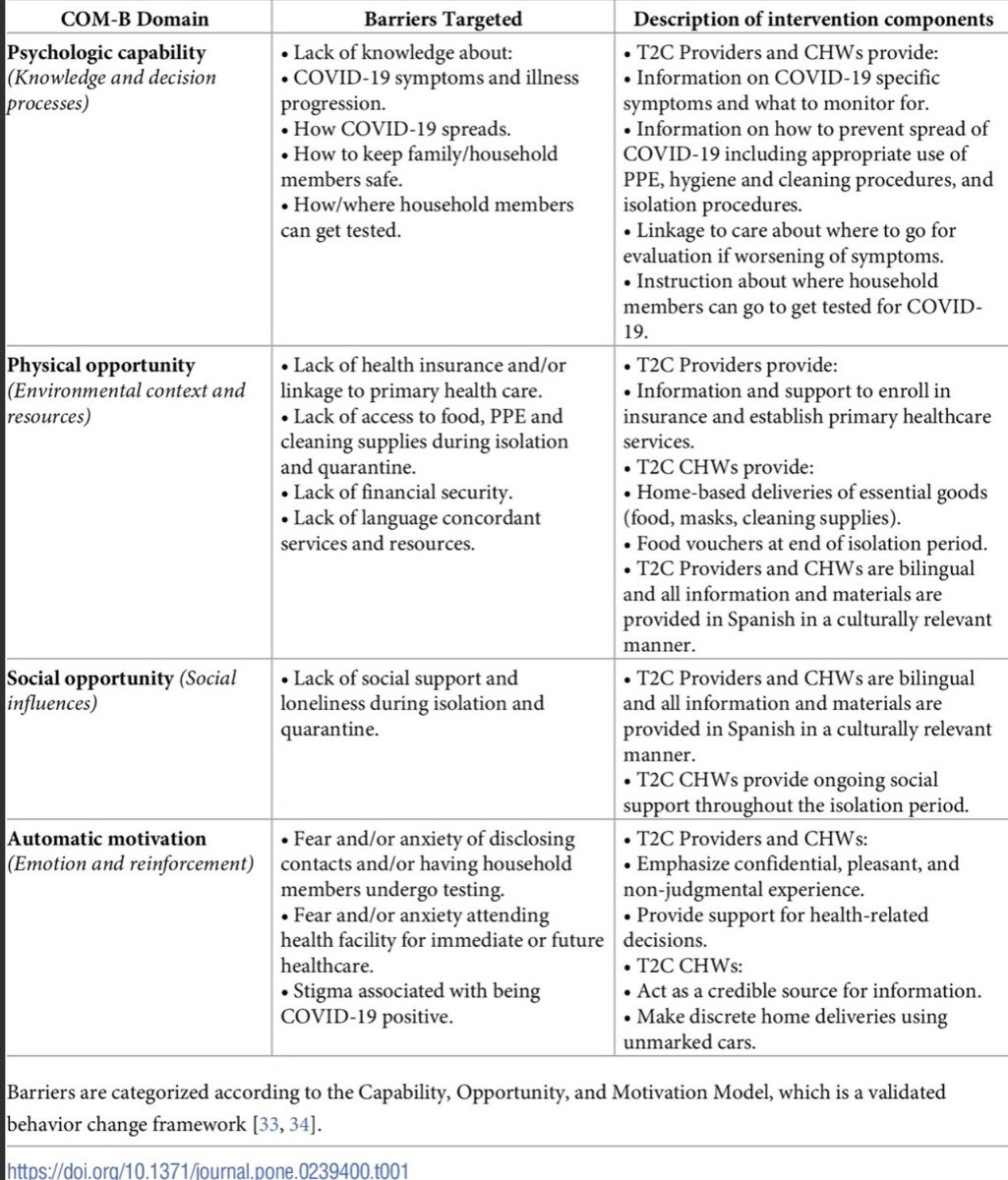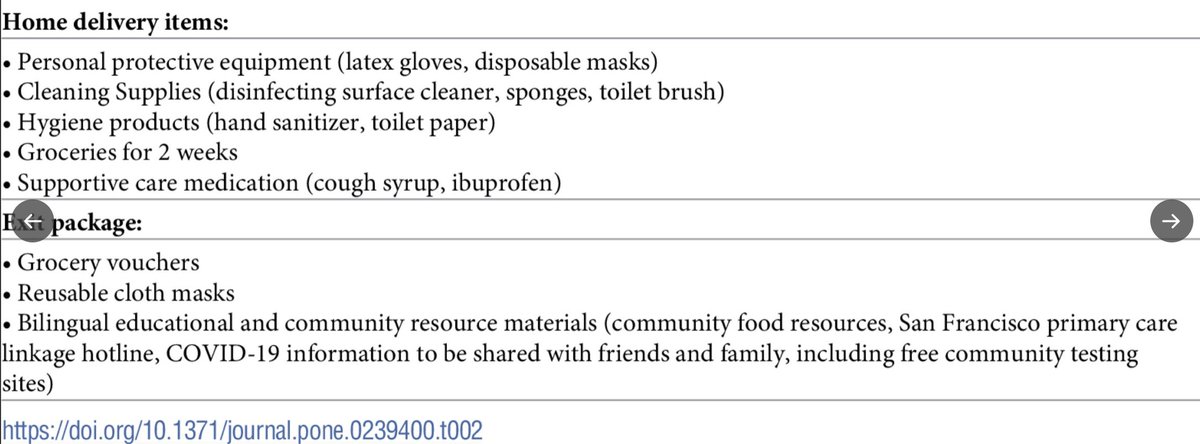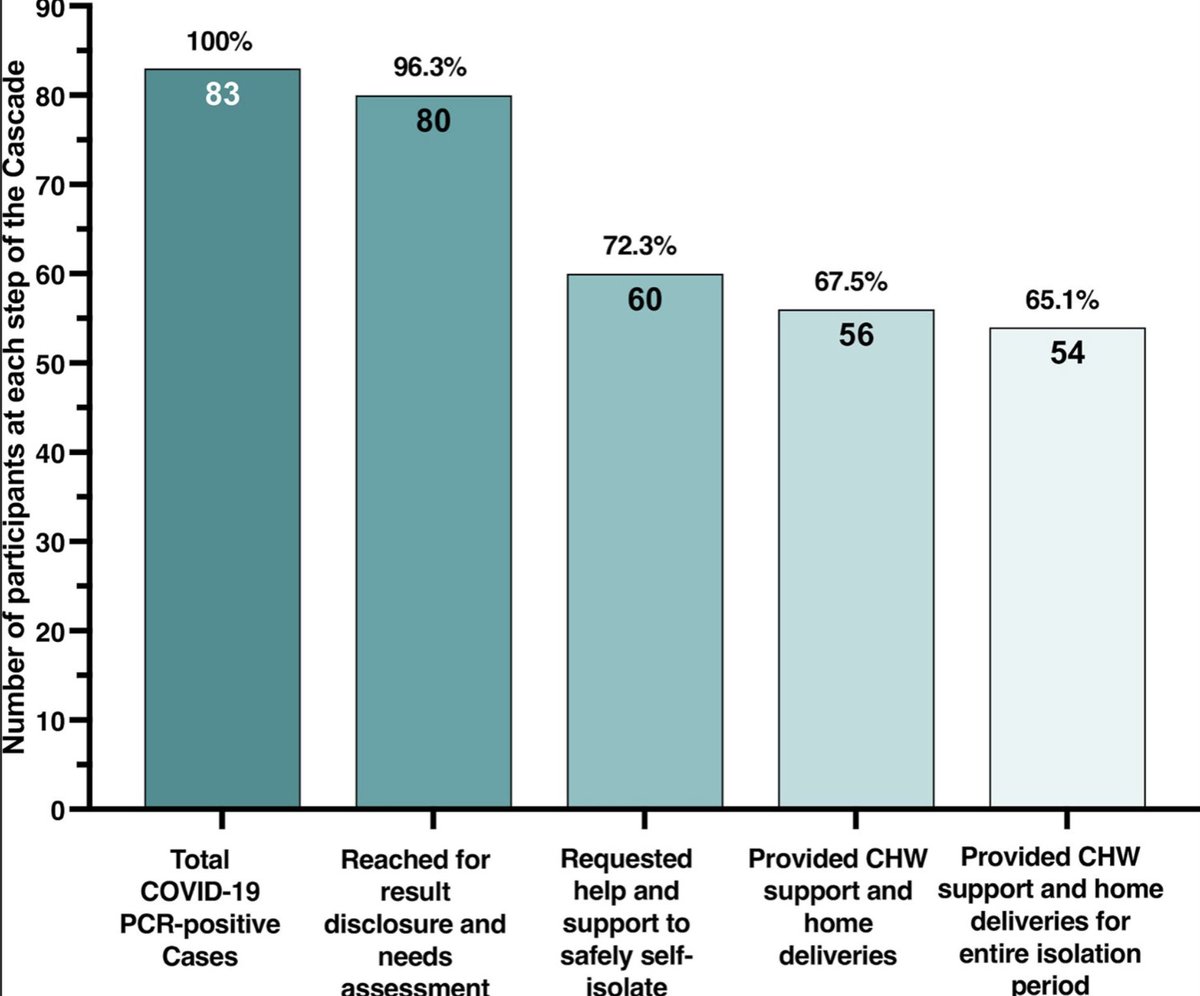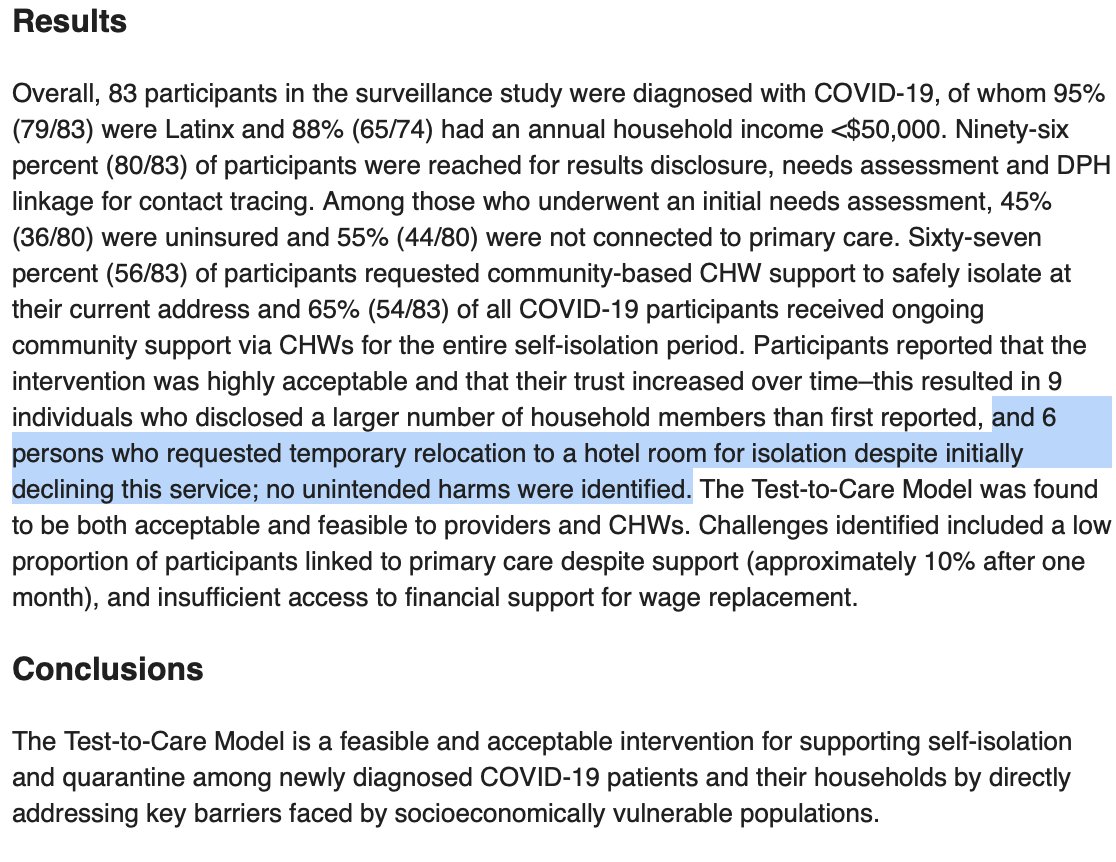Cases in the UK are out of control.
Hospitals and ICU are filling up in every region, some are already near breaking point.
NHS and PHE staff are weary, drained, exhausted.
The vaccine is on the way.
We do need a Lockdown. But it has to be a #SmartLockdown.
A thread
Hospitals and ICU are filling up in every region, some are already near breaking point.
NHS and PHE staff are weary, drained, exhausted.
The vaccine is on the way.
We do need a Lockdown. But it has to be a #SmartLockdown.
A thread

There are over 10 million key workers in the UK. This is 33% fo the workforce.
Only 14% of these can work from home. That leaves 9.1 million who, no matter what lockdown measures are in place, still have to go to work.
1/
https://www.ons.gov.uk/employmentandlabourmarket/peopleinwork/earningsandworkinghours/articles/coronavirusandkeyworkersintheuk/2020-05-15
Only 14% of these can work from home. That leaves 9.1 million who, no matter what lockdown measures are in place, still have to go to work.
1/
https://www.ons.gov.uk/employmentandlabourmarket/peopleinwork/earningsandworkinghours/articles/coronavirusandkeyworkersintheuk/2020-05-15
COVID-19 disparities are driven by network risks.
The evidence for this is clear as day.
Tier 4, or lockdown, shifts almost all risk to key workers in health & social care, warehouses, food sector & those living in deprived areas & overcrowded houses.
https://assets.publishing.service.gov.uk/government/uploads/system/uploads/attachment_data/file/945978/S0921_Factors_contributing_to_risk_of_SARS_18122020.pdf
The evidence for this is clear as day.
Tier 4, or lockdown, shifts almost all risk to key workers in health & social care, warehouses, food sector & those living in deprived areas & overcrowded houses.
https://assets.publishing.service.gov.uk/government/uploads/system/uploads/attachment_data/file/945978/S0921_Factors_contributing_to_risk_of_SARS_18122020.pdf
So, key workers (10 million people) are the worst affected by the virus during no restrictions (March), during tiers, & during lockdown.
They are also some of the most impacted by the collateral damage of restrictions, & have gone through significant social & economic harms.
3/
They are also some of the most impacted by the collateral damage of restrictions, & have gone through significant social & economic harms.
3/
As with all things deprivation, one problem amplifies another - Key workers are also more likely to live in crowded & deprived households.
Household transmission is one of the main sources of transmission, probably the main source...
You do the math.
4/
Household transmission is one of the main sources of transmission, probably the main source...
You do the math.
4/
Give the new variant is estimated to be significantly (possibly 50-70%) more transmissible, rules/guidance like 1 metre+ will have less of an impact.
Transmission amongst key workers, who spend extended time in contact, often at close proximity, will undoubtedly increase.
5/
Transmission amongst key workers, who spend extended time in contact, often at close proximity, will undoubtedly increase.
5/
"Being an essential worker and living in dense housing with multiple generations is not *associated* with #COVID19 risk.
It is the *mechanism* of risk."
(FYI @jackiecassell excellent blog post here is worth a read).
6/ https://www.jackiecassell.com/time-to-support-key-workers-we-cant-control-new-variant-covid-19-any-other-way/
It is the *mechanism* of risk."
(FYI @jackiecassell excellent blog post here is worth a read).
6/ https://www.jackiecassell.com/time-to-support-key-workers-we-cant-control-new-variant-covid-19-any-other-way/
Is this driving transmission though?
Most of the country at least got some sort of break from COVID over the summer. But Leicester has been on strict restrictions since June.
Why? Because they had an outbreak which spilled over & turned into widespread community transmission.
Most of the country at least got some sort of break from COVID over the summer. But Leicester has been on strict restrictions since June.
Why? Because they had an outbreak which spilled over & turned into widespread community transmission.
Why did they have an outbreak? Because workers were working in unsafe conditions, & because workers did not feel they could self-isolate when sick.
These outbreaks then spilled over into the community, & restrictions came in.
It is as simple as that.
8
https://www.theguardian.com/uk-news/2020/jun/30/some-leicester-factories-stayed-open-and-forced-staff-to-come-in
These outbreaks then spilled over into the community, & restrictions came in.
It is as simple as that.
8
https://www.theguardian.com/uk-news/2020/jun/30/some-leicester-factories-stayed-open-and-forced-staff-to-come-in
Whilst this is a particularly bad example, similar stories are happening all across the country.
There are so many accounts of people who simply cannot afford to stay off sick, no matter how much they want to or how much scientists or government tell them too.
9/
There are so many accounts of people who simply cannot afford to stay off sick, no matter how much they want to or how much scientists or government tell them too.
9/
This is what blanket, untargeted lockdowns without any proper support did to community case rates in Toronto by essential worker status.
There is not data for London or other UK cities, but you can bet it would look eerily similar.
10/
There is not data for London or other UK cities, but you can bet it would look eerily similar.
10/
To be clear - Lockdowns only work effectively if they stop transmission in the groups transmitting.
And testing & tracing will only reduce transmission if positive cases isolate effectively.
Yet currently fewer than 20% of those who should isolate are fully adherent.
11/
And testing & tracing will only reduce transmission if positive cases isolate effectively.
Yet currently fewer than 20% of those who should isolate are fully adherent.
11/
Data shows intention to adhere to test/trace/isolate behaviours is higher than self-reported adherence: whilst 76% of people intend to share contacts, only 50% of people correctly recognise COVID-19 symptoms & just 12% get a test, 18% isolate, & 11% of contacts isolate properly.
Self-reported ability to self-isolate is 3 times lower in those who earn less than £20k/y or have <£100 saved. UK has one of the lowest proportions of pay covered by statutory sick pay in Europe (29% compared to 100% in Germany), & millions don't qualify. https://journals.sagepub.com/doi/10.1177/0141076820965533
An @OECD review showed paid sick leave is important well beyond its core function to protect sick workers during a health pandemic and subsequent economic crisis.
14/
https://www.oecd.org/coronavirus/policy-responses/paid-sick-leave-to-protect-income-health-and-jobs-through-the-covid-19-crisis-a9e1a154/
14/
https://www.oecd.org/coronavirus/policy-responses/paid-sick-leave-to-protect-income-health-and-jobs-through-the-covid-19-crisis-a9e1a154/
The disproportionate impact of COVID-19 on households living in poverty, & racial & ethnic disparities observed in many countries, emphasize the need to urgently update our definition of "vulnerable" populations for COVID & address these inequities.
15/ https://academic.oup.com/cid/advance-article/doi/10.1093/cid/ciaa1442/5910315
15/ https://academic.oup.com/cid/advance-article/doi/10.1093/cid/ciaa1442/5910315
And yet, with all of this evidence, with school, university, & business closures, local economies in free fall, NHS near overwhelmed, we still have not followed absolute basic public health principles.
We still do not support key workers to work more safely & to self-isolate.
We still do not support key workers to work more safely & to self-isolate.
So yes, we probably do need a lockdown to get case numbers and hospitalisations lower, particularly as the vaccine is on the way.
But it needs to be a #SmartLockdown.
So what does that look like?
17/
But it needs to be a #SmartLockdown.
So what does that look like?
17/
We can start by ensuring social and income protection and support to ensure low paid, non-salaried and zero-hours contract workers can afford to follow isolation and quarantine recommendations, and provision of protective equipment for workplaces and community settings.
18/
18/
SAGE and iSAGE agree that for individuals to be supported properly for them to isolate, a daily text or phone call, provision of food supplies, and essential goods and employment protection are needed.
They also stress solidarity and togetherness rather than divisive messaging.
They also stress solidarity and togetherness rather than divisive messaging.
An additional benefit of providing proper support for isolation is that it means people are less likely to be 'scared' of getting tested or giving contacts.
Not being able to 'afford' a positive test was a key factor which limited test uptake in the Liverpool testing pilot.
20/
Not being able to 'afford' a positive test was a key factor which limited test uptake in the Liverpool testing pilot.
20/
Engaging with communities, provding proper support, and proper 'boots on the ground' public health doesn't just mean that people are more likely to get tested or isolate, it also means people are more likely to disclose contacts, as this US study showed. https://twitter.com/ScienceShared/status/1344368973362638848?s=20
The Test-to-Care Model in this paper is a feasible & acceptable intervention for supporting self-isolation & quarantine among patients and their households by directly addressing key barriers faced by socioeconomically vulnerable populations.
22/
https://journals.plos.org/plosone/article?id=10.1371/journal.pone.0239400
22/
https://journals.plos.org/plosone/article?id=10.1371/journal.pone.0239400
In terms of making workplaces safer, we need to consider reintroducing the 2m rule where possible (especially given the new more transmissible variant), and *provide* free PPE and sanitiser etc and, importantly, ventilate wherever possible.
23/
23/
We should also provide accommodation, in the form of hotels, for those who want them.
As isolation of infectious individuals is the single most important thing in terms of controlling transmission, there is also a real argument too for making isolation a luxury period.
As isolation of infectious individuals is the single most important thing in terms of controlling transmission, there is also a real argument too for making isolation a luxury period.
If we don't do these things, the effects of the lockdown will be limited: transmission amongst key workers and their families/households will simply continue. Given the new variant, this might be the difference between a lockdown bringing R below 1 or not.
25/
25/
Focusing on personal choices has taken attention away from structural inequities driving risks in some communities independent of personal choices.
26/
26/
Failing to provide support for self-isolation or targeted support for key workers has meant, whatever personal choices the middle classes & their employers have made on distancing, the epidemic has always continued to spread & grow through these networks of the working classes.
The current whack-a-mole strategy of business closures, school closures and lockdowns is a blanket response that fails to address the core factors driving Covid.
We need targeted and sustainable solutions, based on evidence and core public health principles.
We need targeted and sustainable solutions, based on evidence and core public health principles.
And yet these issues have been entirely missing from the national discussion.
Let's change that.
Use your voice.
#SupportToIsolate.
Get it trending.
Let's change that.
Use your voice.
#SupportToIsolate.
Get it trending.
Thank you to @jackiecassell @mugecevik @sdbaral @GeorgiaLadbury for constantly mentioning these issues, and never letting up.
Your voices have been heard.
Your voices have been heard.
People complain about the Great Barringdon declaration and its policy of focussed protection.
This current lockdown approach fails to address what is driving COVID, and is just focused protection of the middle classes.
We need a smart lockdown.
@threadreaderapp
This current lockdown approach fails to address what is driving COVID, and is just focused protection of the middle classes.
We need a smart lockdown.
@threadreaderapp

 Read on Twitter
Read on Twitter